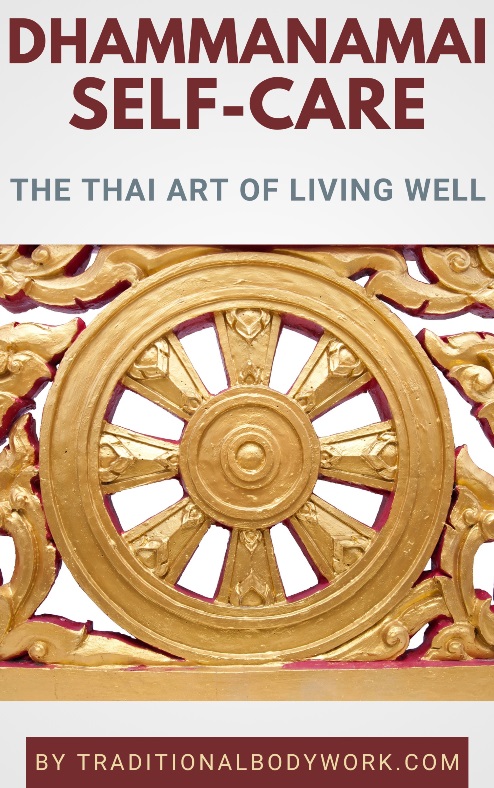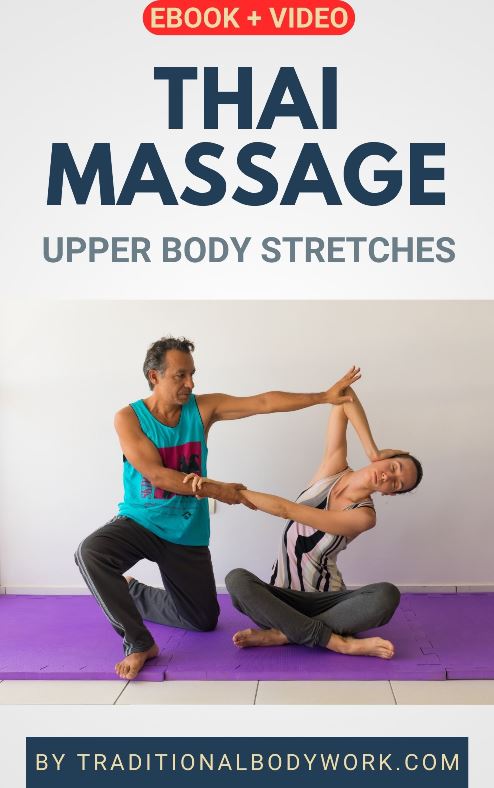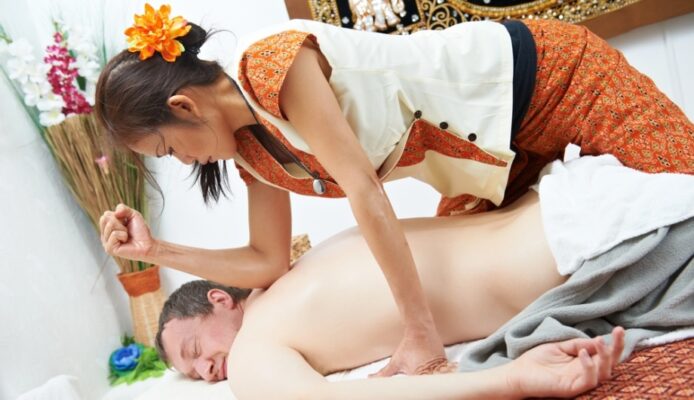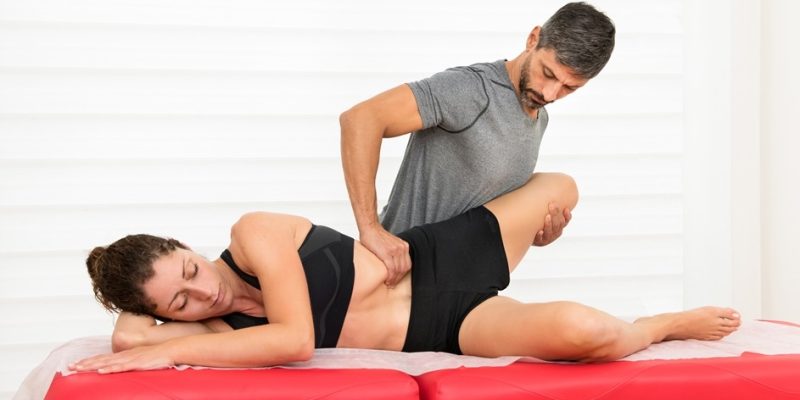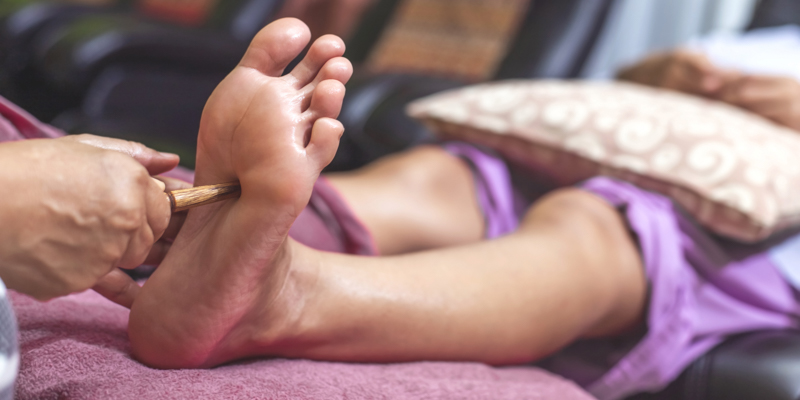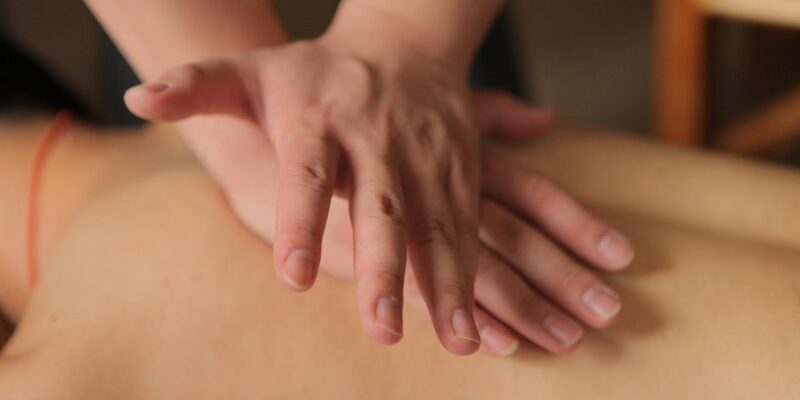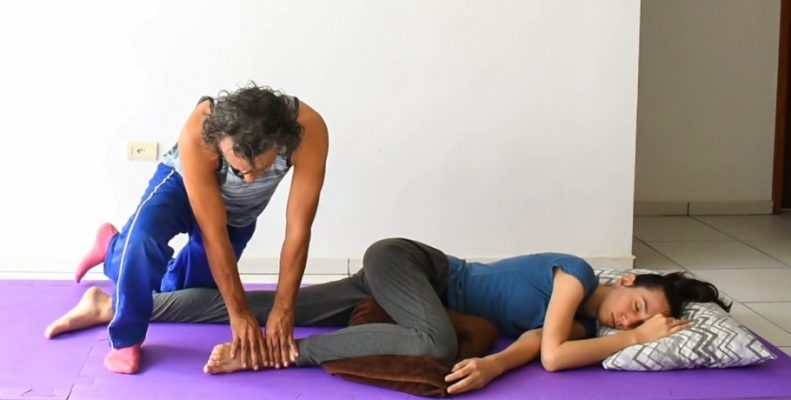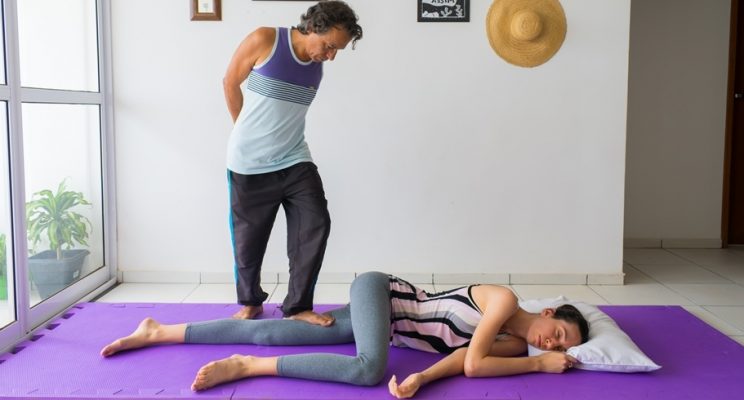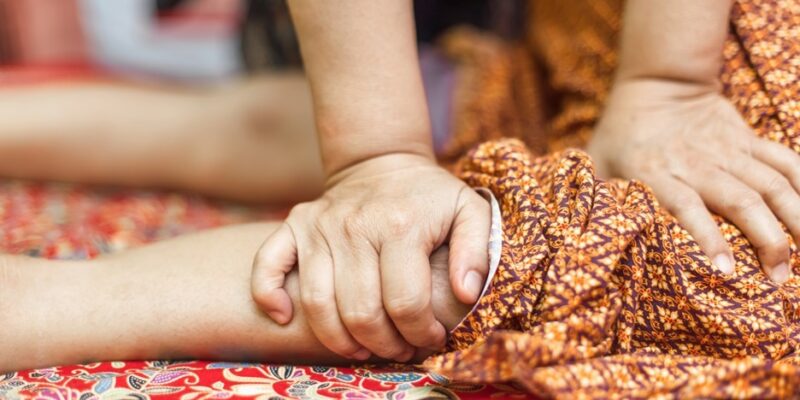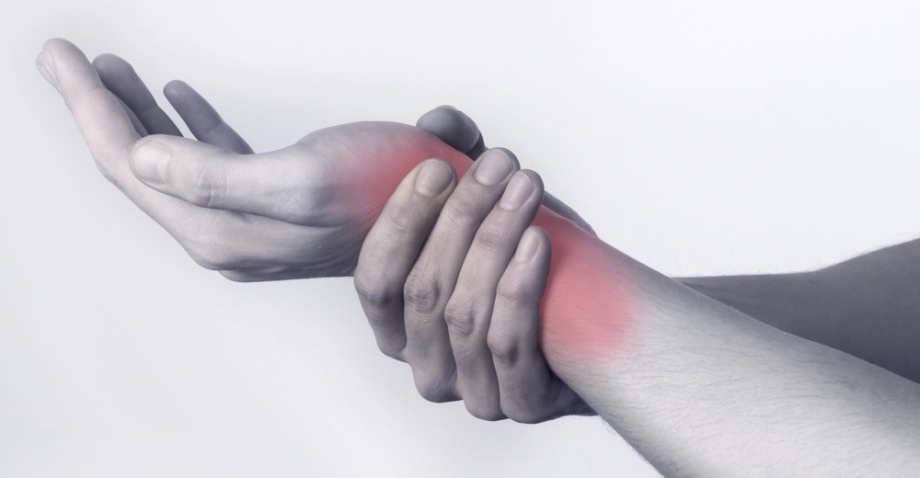
When we start learning Thai Massage there’s a lot of emphasis on learning the techniques. Of simply learning to do a massage, learning a specific sequence. And … that’s perfectly alright.

Usually, Thai Massage teachers also mention ergonomic issues for the therapist, urging us to watch our alignment, to watch our back, to use our body weight and work from out our belly, and so on. In fact, yes, they do often address using correct body mechanics. And this also is … perfectly fine.
What they often don’t tell us is that it’s almost impossible to make a decent living with Thai Massage without “losing your hands,” that is, injuring your hands, fingers, or wrists. They won’t tell us, because what’s the point in teaching us to become a Thai Massage practitioner if it will ruin our health?
Of course, this is not exclusively a Thai Massage practitioner problem. Lots of masseurs suffer more or less, or now and again from hand, finger, or wrist-related tendon, bone, and articulation problems, including from Carpal Tunnel Syndrome.
Yet, the great thing about practitioning Thai Massage therapy is that we can also use many body parts to give a massage, such as the elbows, arms, knees, feet, legs, and buttocks. So we should. To protect ourselves.
It’s unfortunate that most beginner Thai Massage courses in Thailand focus too much on working with the hands. But it’s the tradition. And traditionally Thai Massage used to be given on a rather irregular basis, so it didn’t damage the hands at all.
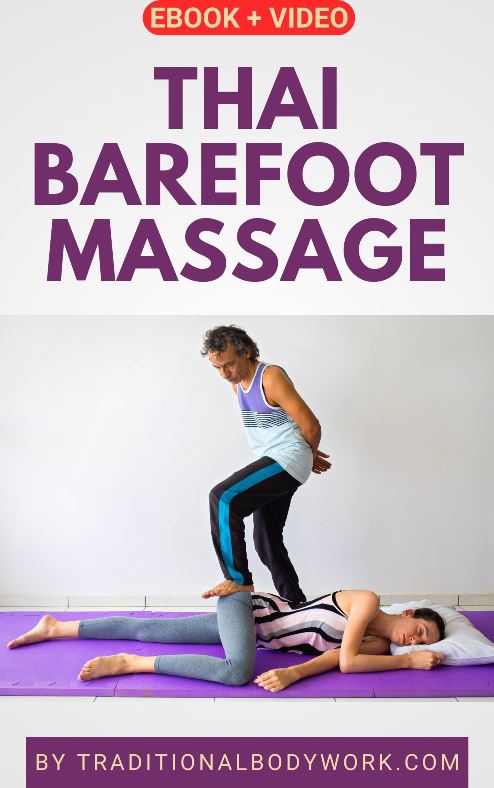
But nowadays, a professional Thai Massage practitioner does quite a bunch of massages weekly (or even daily) and that puts considerable strain on our bodies.
In a private conversation, one of my teachers in Chiang Mai even told me he normally doesn’t use the hands at all. “It’s fatal,” he said. I was astonished, perplexed, and asked him why he still teaches the hand-work. “It’s the curriculum,” he said — “the tradition.” Well, I’ll tell you this — after experiencing the disastrous effects to my hands and wrists myself, I now say loud and clear: “Let’s change the curriculum!”
And I know — it will mean different, adapted courses, other courses. It will mean changing the tradition — a bit. But it’s worth it. It’s necessary.
Because who wants to lose his hands? And who wants to be responsible for his or her massage students damaging the hands? And tell me, who is in need of a crippled massage therapist?



